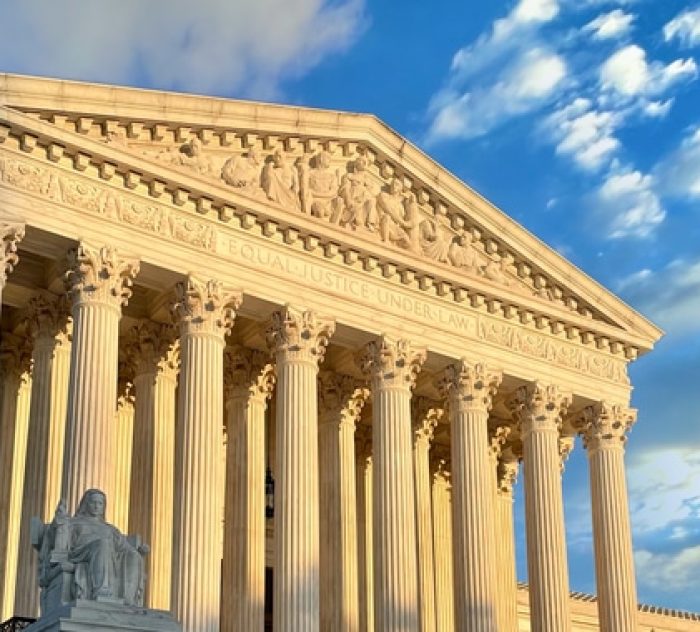The Equal Pay Act of 1963, 29 U.S.C. § 206(d) (“EPA”) requires men and women to receive equal pay for equal work. In order to assert a claim under the EPA, an employee must show that she was paid less than a male comparator working in a substantially equal job. But does the employee also have to prove that the employer’s reasons for the alleged pay disparity between herself and the male comparator were a pretext for gender discrimination? The U.S. Court of Appeals for the Eleventh Circuit recently addressed this question in the case of Baker v. Upson Regional Medical Center, 92 F.4th 1312 (11th Cir. 2024), and took the opportunity to clarify the legal standard for establishing a claim of pay discrimination under the EPA.
The EPA places the initial burden of proof upon the employee to establish a prima facie case of pay discrimination. This burden is satisfied when the employee presents evidence that her employer has paid different wages to male and female employees for equal work “on jobs the performance of which requires equal skill, effort, and responsibility, and which are performed under similar working conditions.” See EPA, 29 U.S.C. § 206(d)(1). Once the employee establishes a prima facie case, the burden shifts to the employer to prove that the difference in pay is justified by any of the following exceptions: 1) a seniority system; 2) a merit system; 3) a system which measures earnings by quantity or quality of production; or 4) a differential based on any factor other than sex. Id.
Baker filed suit in Federal District Court alleging that her employer, Upson Regional Medical Center, violated the EPA by giving her a bonus compensation arrangement which was less favorable than that received by a male colleague. Upson conceded that Baker was paid less than the male colleague, but argued that the pay disparity was based on factors other than sex. Specifically, the evidence was undisputed that Baker was a physician who had been practicing for less than three years. She also lacked board certification in her specialty. By comparison, her male comparator was board certified with fifteen years of practice experience, and had not been sued during that time. Additionally, Upson contended that Baker’s bonus arrangement allowed her to become eligible for a bonus at a lower threshold of medical services than the threshold set for her more experienced male colleague. Therefore, as explained by Upson, a bonus could be more easily earned by Baker “while she grew and ramped up her practice.”
Based on this evidence, the District Court granted Upson’s motion for summary judgment as to Baker’s EPA claim. However, while it found that Upson proved its affirmative defense that the disparity between Baker’s bonus arrangement and that of her male colleague was based on factors other than sex, the court also held that Baker had failed to rebut that defense with evidence that Upson’s articulated reasons for the disparity were a pretext for gender discrimination. Baker appealed this decision to the Eleventh Circuit.
In view of the undisputed evidence of Baker’s lesser experience than the male comparator, as well as a bonus arrangement which made it easier for Baker to earn a bonus at a lower threshold of services, the Eleventh Circuit agreed that the District Court correctly found that the bonus compensation disparity was based on “factors other than sex.” Therefore, Upson successfully proved its affirmative defense under the EPA. For this reason, the Eleventh Circuit affirmed summary judgment in favor of Upson as to Baker’s EPA claim.
However, the Eleventh Circuit also found that the District Court had erroneously imposed upon Baker the burden of establishing that Upson’s reasons for the disparity were pretextual. The Court acknowledged that this error was due to confusion created by prior caselaw regarding the legal standard which should be applied in EPA cases. The Court stated that proper EPA analysis consists of only two parts: 1) whether the employee establishes a prima facie case of unequal pay for equal work; and 2) whether the employer can show that such disparity is based on one of the four defense exceptions listed in the EPA. Unlike a claim of gender discrimination under Title VII of the Civil Rights Act, the Court emphasized that an employee is not required to prove intentional discrimination under the EPA. Therefore, the Court held that such employee is not required by the EPA to prove that the employer’s reasons for the disparity are pretextual. In short, if the employee satisfies her burden of proving unequal pay for equal work, and the employer fails to prove one of the four statutory affirmative defenses to explain such wage disparity, the employee wins under the EPA.
Employers should note that this legal standard removes an additional evidentiary burden from employees who pursue EPA claims. Once an employee presents evidence of a wage disparity between herself and a male coworker in a substantially equal job, the employee need not prove that the disparity was due to intentional gender-based discriminatory motive. In order to prevail, the employer must show that the disparity was due to either a seniority system, merit system, quantity or quality of production, or some other factor than sex. While the “other factor” exception implies a catchall, many courts have held that the exception is not unlimited and rather applies to job-related factors only. Employers should therefore exercise care when determining pay rates for employees, and especially those within the same job categories – and ensure that any pay disparities between men and women in such jobs are based on one of the four EPA exceptions.



